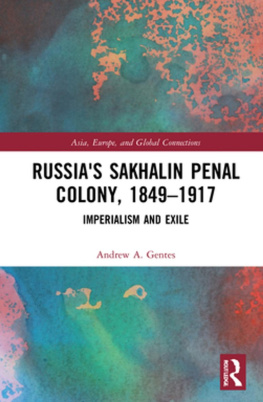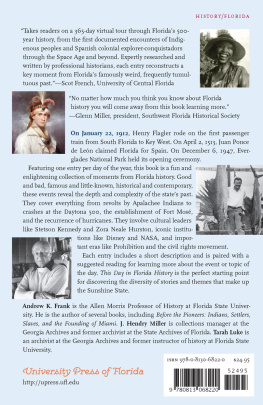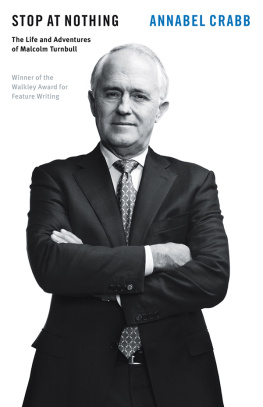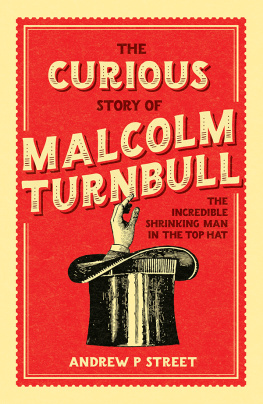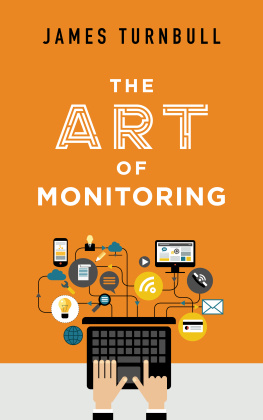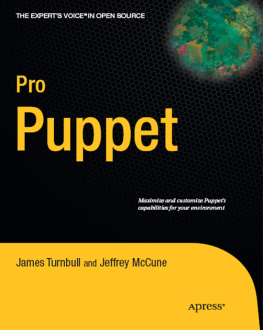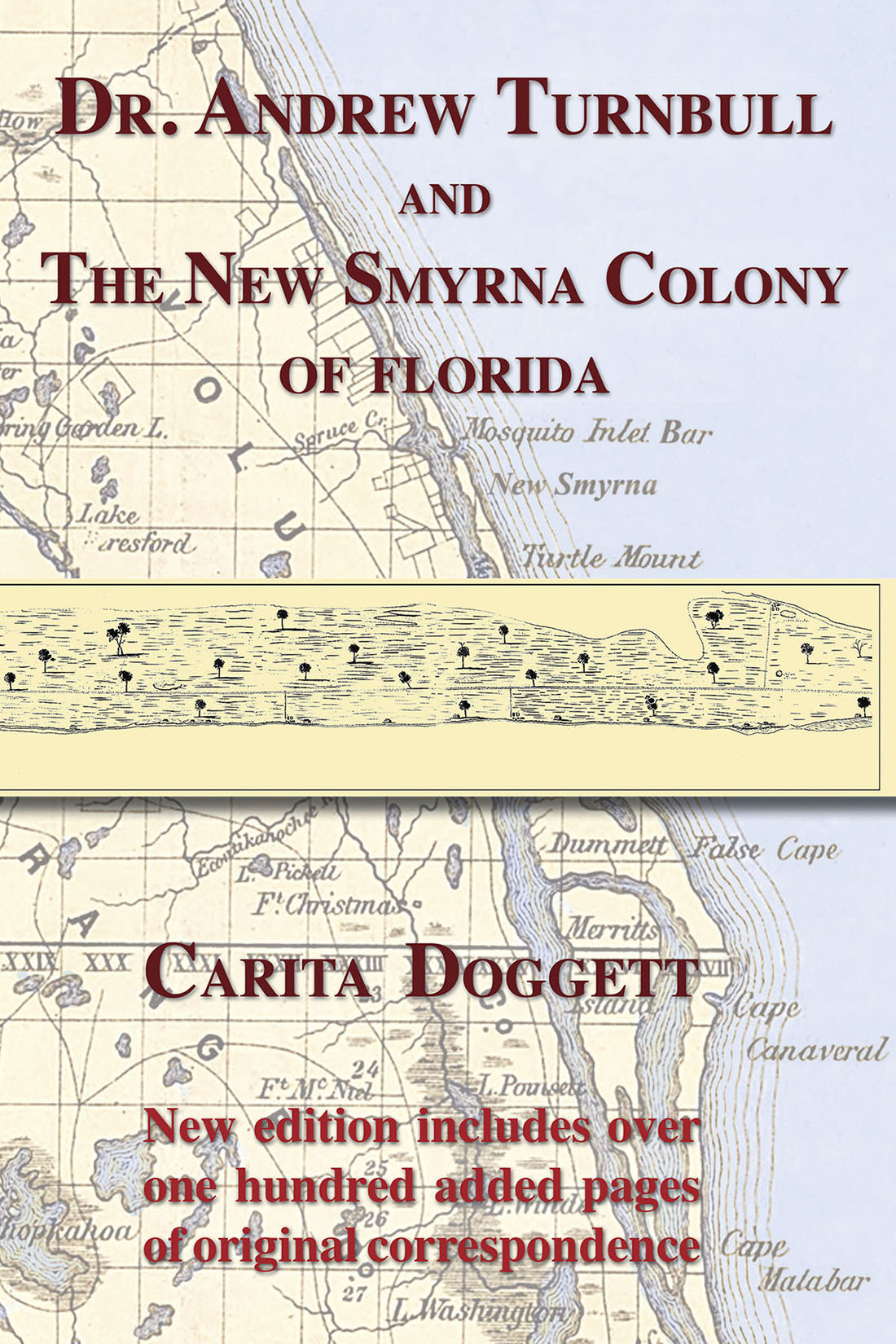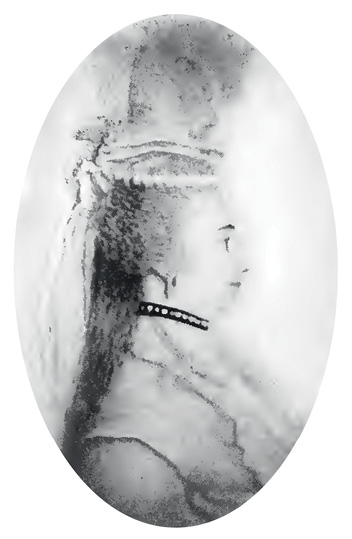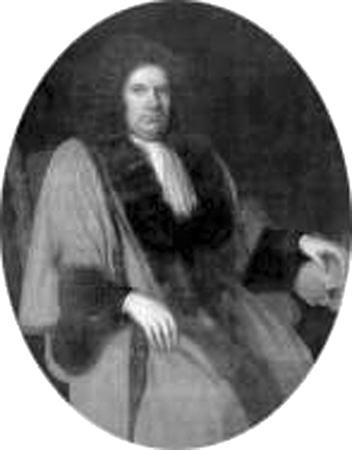a pleasure for me.
the heritage of New Smyrna.
EDITORS NOTES
The 116 pages of correspondence, added as an appendix to this edition, contain dozens of fascinating letters between Dr. Andrew Turnbull, Governor James Grant, Lord George Grenville, Sir William Duncan, and other interested parties between 1768 and 1793. Most of these letters were not available to Carita Doggett when she published the first edition of this book.
The transcripts of letters and Smyrna drawings are published courtesy of Dr. Daniel Schafer and the website Florida History Online. Gracious permission was granted by the Laird of Ballindalloch to include the correspondence of General James Grant of Ballindalloch. Mr. Iain Flett kindly granted permission for the inclusion of correspondence of Sir William Duncan on loan to the Dundee City Archives.
Some of the letters have been excerpted to include the more pertinent portions. Illegible words and sections of the original letters have been replaced by ellipses. Words in parentheses are editorial notes added for clarity.
The correspondence of General James Grant, archived for centuries in the tower of his castle in Ballindalloch, Scotland, was brought to light in 1999 when John W. Kluge, Chairman of the U.S. Library of Congress James Madison Council, visited the Laird of Ballindalloch, Clare Macpherson-Grant Russell, and her husband, Oliver Russell. This valuable trove provides a highly personal view of the colonization of Florida and early history of the United States.
Presented in chronological sequence, these letters confirm Carita Doggetts understanding and description of Dr. Andrew Turnbull, his intentions, and his great personal concern for the settlers of Smyrna. They greatly enhance this already valuable work as they transport the reader back in time. The dreams, efforts, successes, and calamities of Andrew Turnbull and the Smyrna colonists come to life in this diary-like correspondence which is memorable and frequently very emotional.
New Smyrna, Smyrna, or New Smyrna? Andrew Turnbull wrote to his partner Sir William Duncan that Before I arrived in this country the governor had given the name of New Smyrna to our settlement. I have only changed it to Smyrna which is bad Greek for New Smyrna. Smyrna and New Smyrna sometimes became New Smyrna in the included correspondence. Carita Doggett uses the name New Smyrna in this book. New Smyrna is the name of the contemporary town that grew out of the original settlement.
In addition to the works referenced in the bibliography, information about Andrew Turnbull and New Smyrna is available from the New Smyrna Museum of History www.nsbhistory.org, the Southeast Volusia Historical Society, 120 Sams Avenue, New Smyrna Beach, Florida 32168, and the Turnbull Clan Association www.turnbullclan.com.
ABBREVIATIONS IN
MONOGRAPHIC REFERENCES
Public Record Office documents in London.
C. O.Colonial Office.
(e. g. 5/544=Class 5, Volume 544).
P. C.Privy Council.
W. O.War Office.
T.Treasury.
A. O.Audit Office.
PREFACE
Every old inhabitant of Florida knows of Andrew Turnbull. Most tourists on the East Coast have read Susan Turnbull, that romantic and imaginary version of his Minorcan colony, by Archibald Clavering Gunter, and have taken pictures of the old Sugar Mill and Turnbulls Castle at New Smyrna. If an old resident is asked about him, he says Turnbull was a bad sort,in fact Gunter makes a kind of wicked ogre out of him; so that about the great coquina ruins, cleft with palm trees, hovers a sinister mist of traditions.
Reminders of Turnbull are plentiful throughout the State. On the palm covered banks of the North Indian River stands New Smyrna itself, named for Smyrna, Asia Minor, the birthplace of Turnbulls wife. The pretty, modern town is threaded with the main canals of the old colony and water still runs through them in a musical monotone, from Turnbulls great hammock lands to the river. Every year a large winter colony returns to picturesque homes and groves, and the new colonists spend many pleasant hours speculating over the works of their predecessorsthe sunken pier, the lovely arches of the old Mission, many stone wells and the heavy foundations of the fort. Then the Turnbull family has continued to be prominent in Florida, and the dark-eyed descendants of those Minorcans who came with him to New Smyrna, a hundred and fifty years ago, now live in St. Augustine and hand down among themselves lurid traditions of the old colony. Nothing dependable from a historical standpoint has ever been attempted in regard to this, the largest colony which ever came to America in a body, but the strange chance of literary fortune preserved and gave prominence to the most garbled account of Turnbulls management there. Despite the fact that his contemporaries, Governor Grant, Chief Justice Drayton, Schoepf, a German traveler, and Mease, a learned Frenchman, testified to his earnest devotion to his colonists, yet it remained for Bernard Romans, a civil engineer with a literary turn, to recall the frightful tales of his Minorcan draughtsman, and to write, for all subsequent historians, the story of Andrew Turnbull. Even his worst enemies did not in his day believe such stories as Romans set forth in his eloquent style. They made extravagant charges against him for political reasons, which were disproved by Turnbull in court, but Romans wrote, years after the events themselves, an account based on what his employee remembered. But he made a good story and Floridians became satisfied that they had harbored a second King Leopold at New Smyrna.


